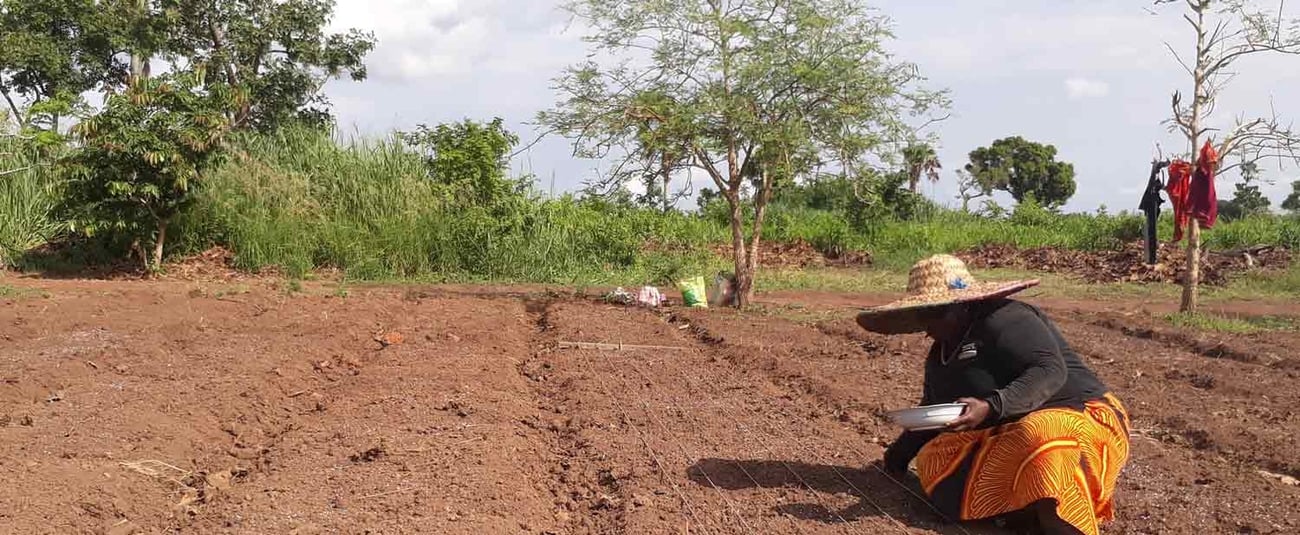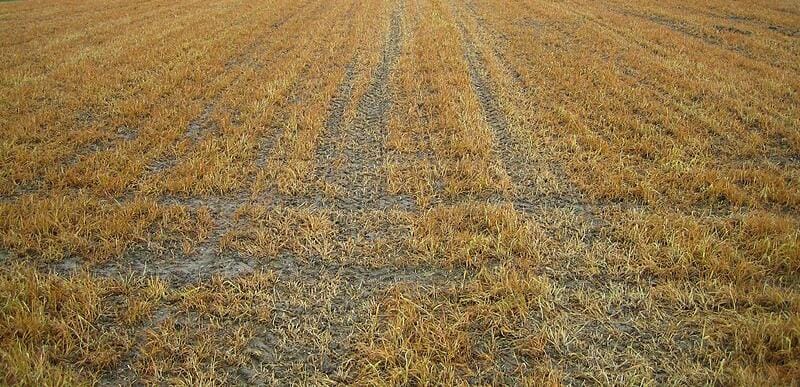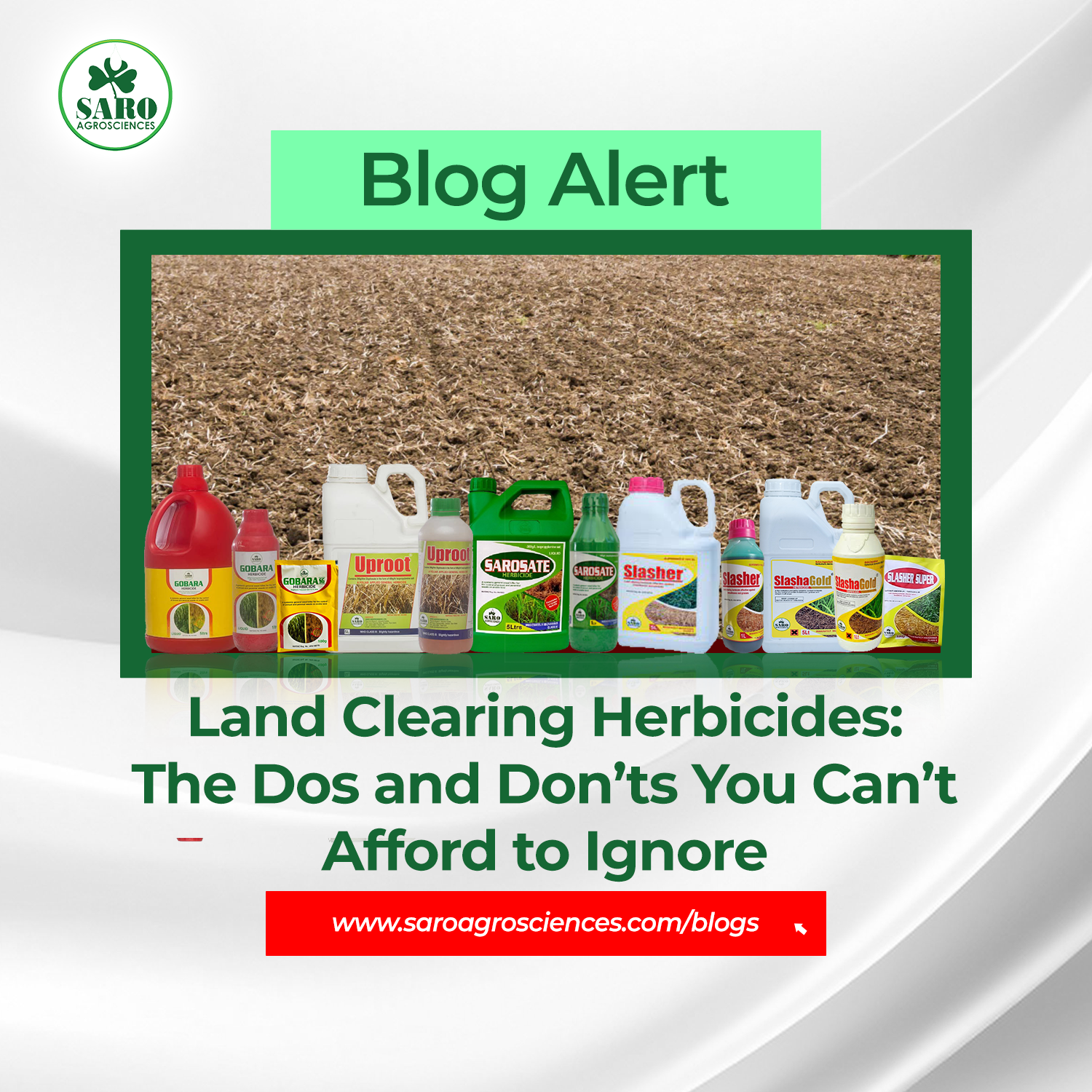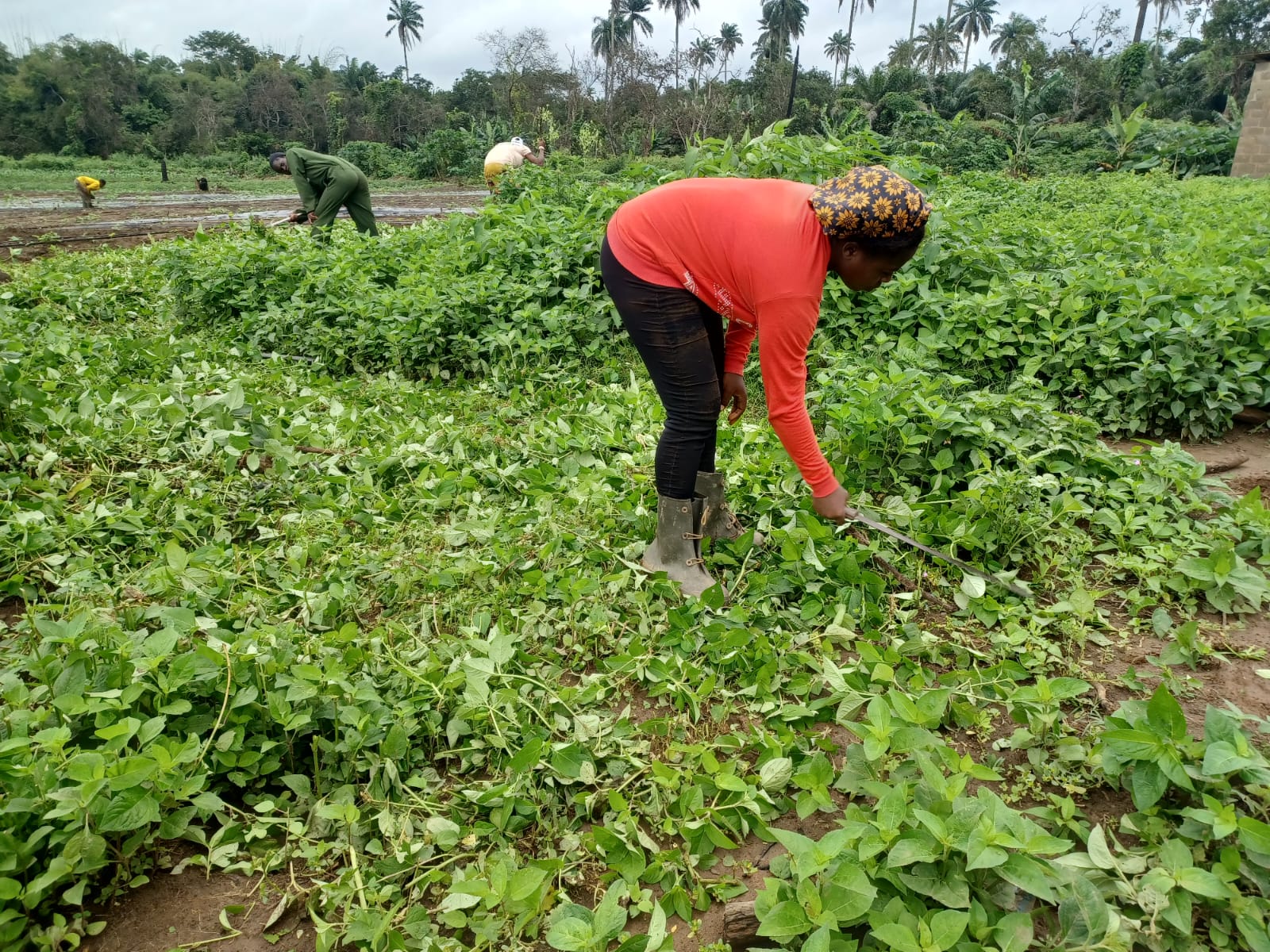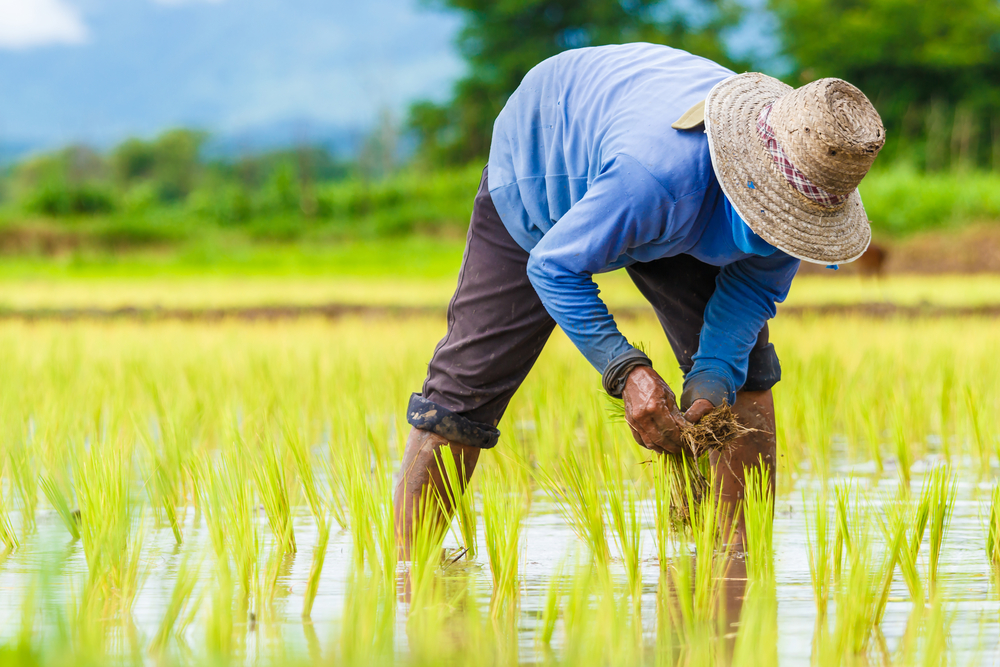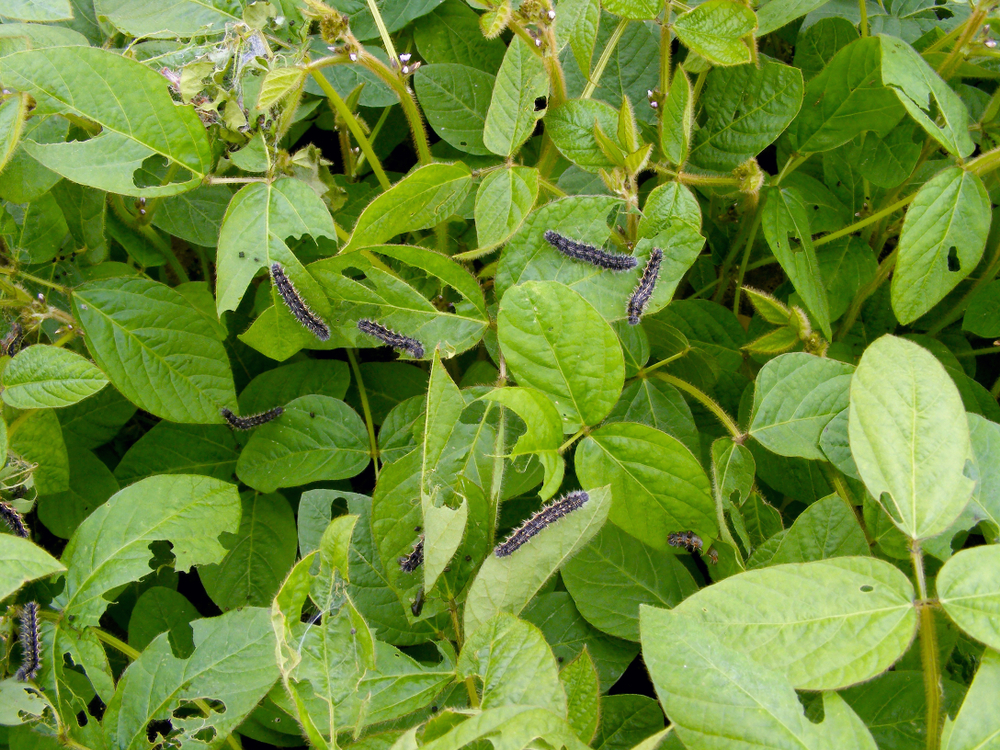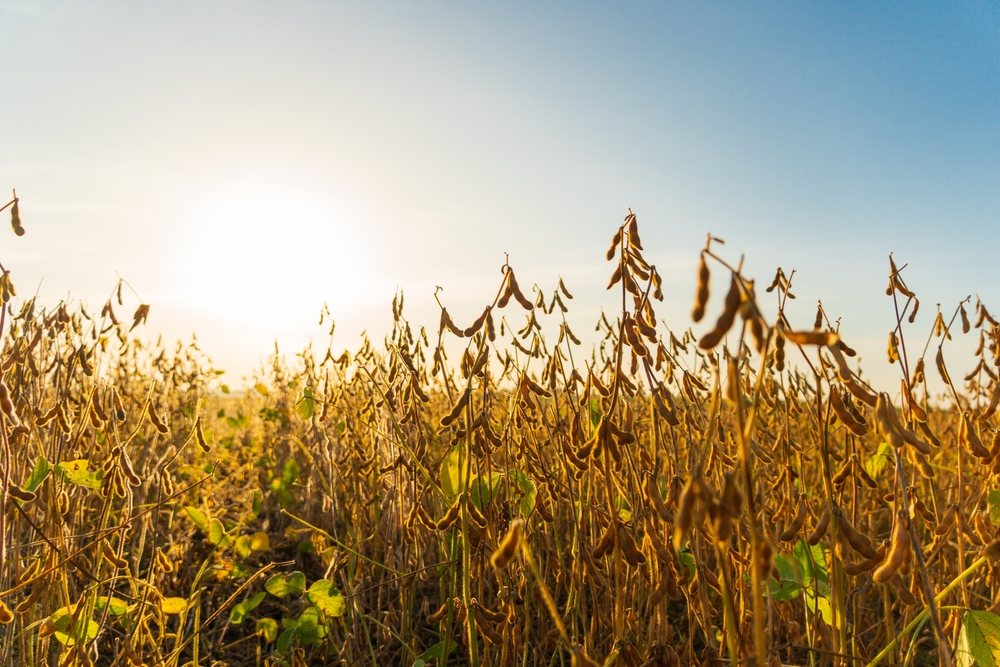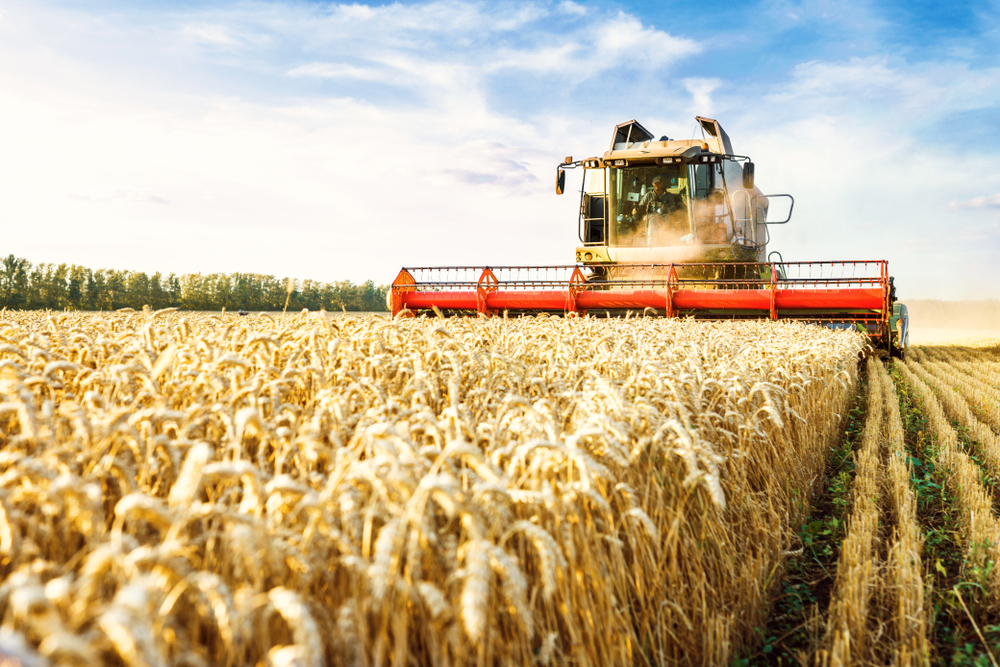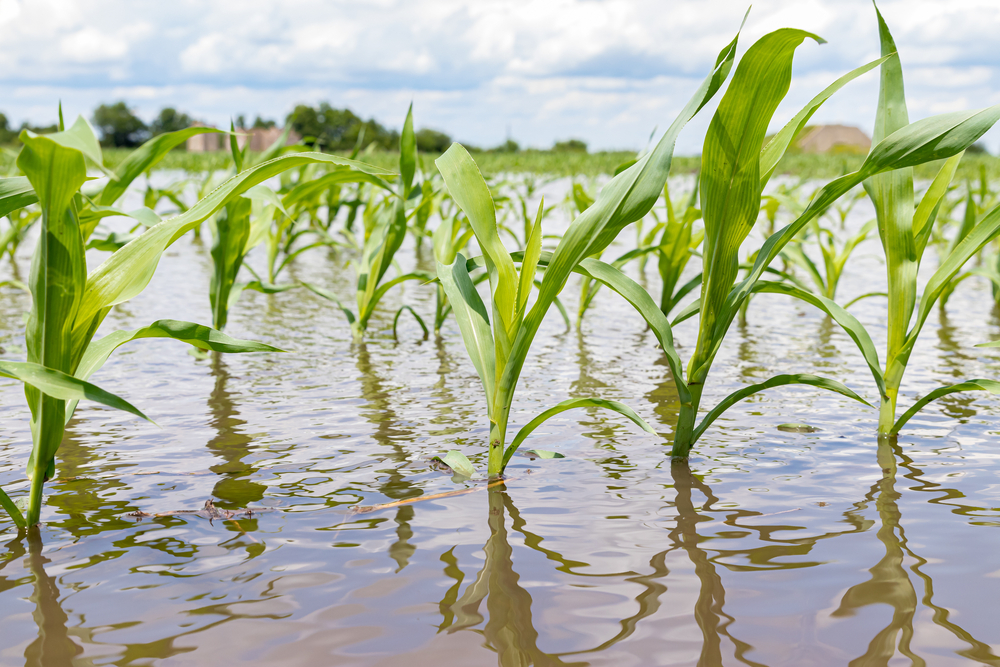If you have ever planted maize, you know how quickly weeds can take over if you’re not careful. They pop up fast, compete with your crops for water, nutrients, and sunlight, and before you know it, your maize starts to struggle. That’s why early weed control is so important. Getting ahead of the weeds in the first few weeks after planting can make a big difference—not just in how healthy your maize looks, but in how much you harvest at the end of the season. In this blog, we will discuss simple, effective ways to manage weeds early and give your maize the best chance to grow strong and yield well.
But first… Why is early weed control important?
As an experienced farmer, you would know that the first 4 to 6 weeks after planting are the most critical for maize. During this period, the crop is establishing its root system and above-ground biomass. Weeds emerging at the same time can outcompete maize seedlings, causing stunted growth, reduced cob formation, and significant yield losses—up to 60% or more in extreme cases.
Weeds commonly found in maize fields fall into three categories: grassy weeds (e.g., crabgrass), broadleaf weeds (e.g., Amaranthus), and Sedges (such as nut sedges). Each group requires specific control strategies, and an integrated approach often works best. Controlling weeds early not only enhances the vigour of the maize crop but also simplifies ongoing weed management. Starting clean allows the maize to establish quickly, outcompete later-emerging weeds, and reduce the need for repeated interventions.
Best Practices for Early Weed Control in Maize
1. Land preparation
Proper land clearing and seedbed preparation can eliminate many weed seeds and reduce initial weed pressure. Tillage helps expose weed seeds to the sun or bury them deep, reducing germination.
2. Choosing the right seed variety
While proper land clearing is invaluable for giving your maize the right start, choosing the right seeds is just as important, especially when dealing with stubborn weeds like Striga (also known as “witchweed”). Striga can be very difficult to control using regular methods, and once it invades your field, it can reduce yields drastically. In such cases, your best bet is to plant Striga-resistant maize varieties. Options like SC419, SC526, and SC651 from SeedCo have been specially bred to withstand Striga attacks and give you a good harvest. We have no reservations whatsoever recommending any of them to you.
2. Use of pre-emergence herbicides
Applying a pre-emergence herbicide right after planting but before maize and weeds emerge is a highly effective way to suppress weeds from the outset. The suitable herbicide from Saro Agrosciences is Vigor.
This product offers broad-spectrum control of grasses and broadleaf weeds, with Vigor offering a prolonged residual effect of 8-12 weeks when used properly. We recommend applying within 24 hours of planting for maximal effect.
3. Post-emergence herbicide application
If weeds emerge despite pre-emergence control, follow up with a post-emergence herbicide. The timing should coincide with early weed emergence when the weeds are still small and easier to control. Striker is the best post-emergence herbicide for selective control in maize, effective against both grasses and broadleaf weeds, offering systemic control without leaching into the soil.
Note: Always follow label instructions to avoid crop injury and herbicide resistance. Also note that Striker is NOT compatible with an intercropped farm of Maize and Cassava, and if applied the Cassava will be harmed.
4. Crop spacing and density
Proper maize spacing (usually 25–30 cm apart) allows for faster canopy closure, which shades out weeds and limits their growth. Dense, uniform planting can be a natural weed suppressant.
5. Manual weeding and hoeing
Where herbicide use is limited or not possible, early manual weeding (around 2–3 weeks after planting) can significantly reduce weed pressure. However, it’s labour-intensive and must be done carefully to avoid damaging maize roots.
Early season weed control is not just a good practice—it’s a necessity for successful maize farming. Whether you are a smallholder or commercial farmer, investing time and resources into effective weed management in the first month of growth will set the stage for a bountiful harvest.
With the right strategy and good agronomic practices, you can minimize weed pressure and maximize your maize yield potential. We wish you all the best in the season ahead!
